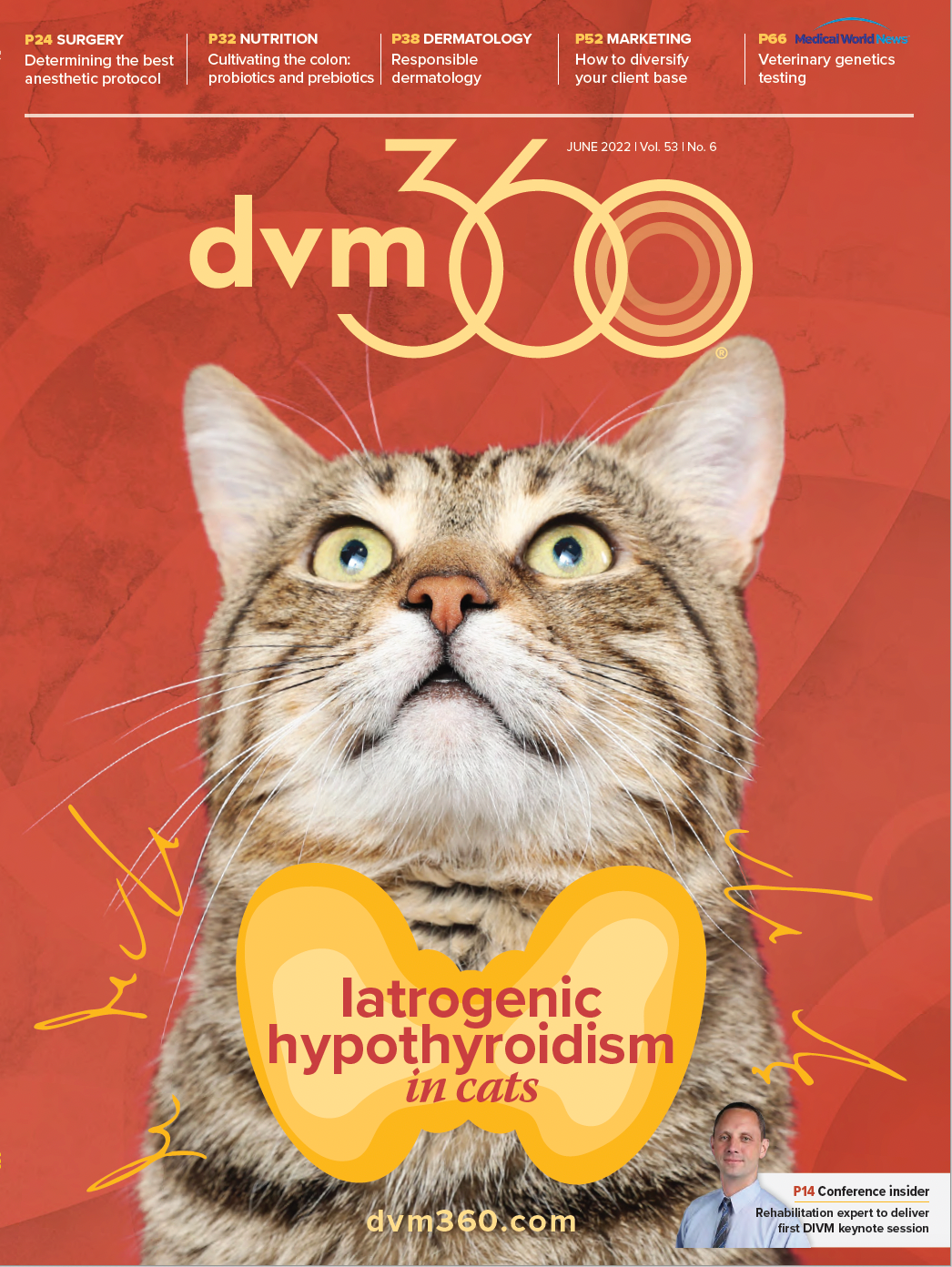Stopping cat fleas in their tracks
Joseph Snock, DVM, an emergency room veterinarian from Mount Laurel Animal Hospital, touches on the uptick in flea cases he is noticing and how better to communicate adherence with clients
When clients think about flea prevention, they typically associate flea season with the summer months. The weather provides a warm environment for flea eggs to safely hatch outdoors, placing dogs or cats that spend time outside the home at a higher risk.1 However, fleas pose a threat all year long, depending on what state you or your clients live in, and can affect their risk of infestation and treatment plan.
How do you get your clients to understand the risk and put their pets on the right path to prevent fleas? In an interview with dvm360®, Mount Laurel Animal Hospital emergency room veterinary Joseph Snock, DVM, discussed why prevention is crucial to help fight what appears to be an uptick in flea cases.
“I am certainly seeing more flea cases this year, particularly the larger number of flea cases in the winter. With a lot of the patients coming in, owners are not really sure why [their pets are] having itchy episodes or different [dermatotic cases], and so then we find the fleas want to get in,” explained Snock.
Prevention
Stressing the importance of adherence in preventive care is crucial for veterinary professionals. According to the Companion Animal Parasite Council, every cat should be treated year-round and throughout their life with flea control products to limit infestations on the pet and prevent the establishment of a flea population in the owner’s home.2
When it comes to prevention, adherence can be tricky for cat owners because their pet is an “indoor-only cat.” Because the cat does not leave the house, there appears to be no risk, making it hard to achieve adherence. But Snock stressed that this is not the case.
Snock recommended year-round prevention as a treatment plan for cats. “A lot of people don’t realize that the fleas are going to hitchhike [such as on] the family dog or on people themselves, and so they still get exposed that way,” Snock said.
“The other thing that I would tell people is that a window, which has like a little crack in it, or like a little space at the bottom of your door, doesn’t seem very big to you, but to fleas, it’s a football field,” he added.
Treatment
Because the life of fleas is quick and they reproduce fast, if not prevented early, it is important to then catch them early then. Fleas, especially cat fleas, consume up to 15 times their body weight in blood daily and female fleas use that blood to produce up to twice their body weight in eggs daily.3-5 With this very high turnaround, it does not take long for a flea infestation to get out of hand in the owner’s home. This can cause annoyance and less adherence with the pet owner because they will want a quick solution fast. For some owners, taking to the shelves of their local pet store or turning to Dr Google is unavoidable.
Client Education
To help prevent infestations from getting larger or pet parents using products that are not helpful and could be harmful, Snock suggested recommending preventive and treatment products to clients.
“I do like the flea control medication, so a lot of the orals like Bravecto, for example…I think that they do rapid kill. They tend to kill very quickly and they can be relatively effective. Short of that, I mean, the topicals that I usually recommend would be things like Revolution,” said Snock. “And I do like the Seresto collar.”
Snock also urged pet parents to talk to their veterinarians about appropriate flea control.
“Don’t just go buy something off the shelf that you’re not sure what it is because there are a lot of products that are offered that weren’t effective, but then they’ll say they’re doing flea control, so a lot of pet owners say their pet is on flea and tick when they really are not,” said Snock.
References
- Meyers H. What is your state’s flea-and-tick season? American Kennel Club. March 2, 2022. Accessed May 24, 2022. https://www.akc.org/expert-advice/health/whats-your-states-flea-and-tick-season/
- 2022 annual pet parasite forecasts. Companion Animal Parasite Council. Accessed May 24, 2022. https://capcvet.org/articles/2022-forecasts/
- Rust MK, Dryden MW. The biology, ecology, and management of the cat flea. Annu Rev Entomol. 1997;42:451-473. doi:10.1146/annurev.ento.42.1.451
- Blagburn BL, Dryden MW. Biology, treatment, and control of flea and tick infestations. Vet Clin North Am Small Anim Pract. 2009;39(6):1173-viii. doi:10.1016/j.cvsm.2009.07.001
- Dryden MW. Host association, on-host longevity and egg production of Ctenocephalides felis felis. Vet Parasitol. 1989;34(1-2):117-122. doi:10.1016/0304-4017(89)90171-4
